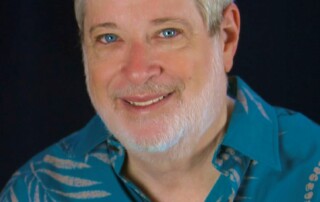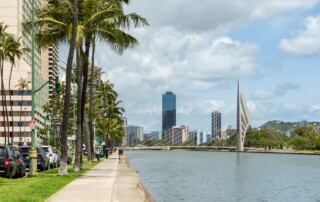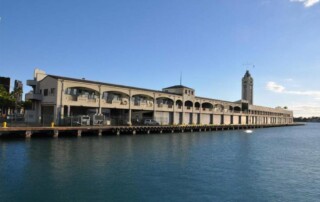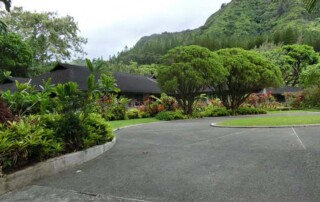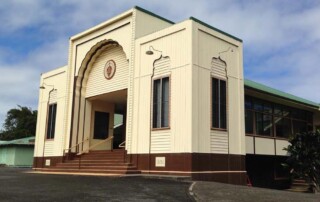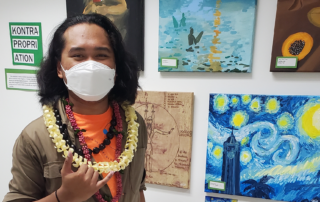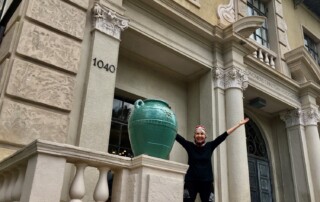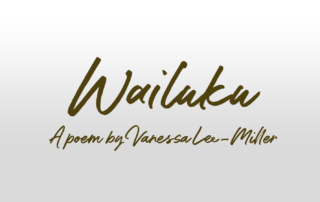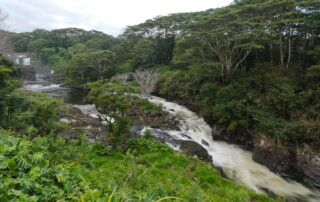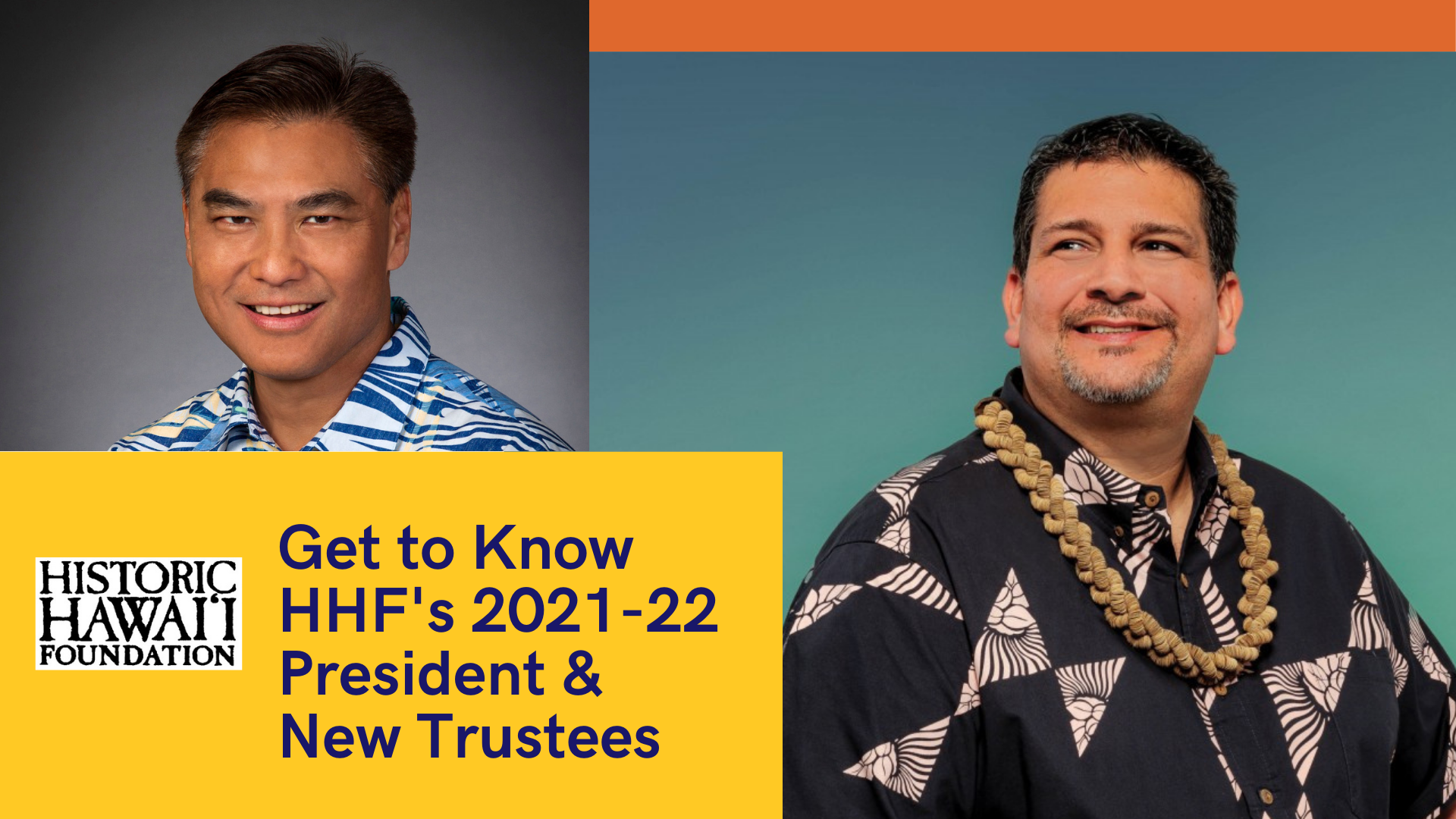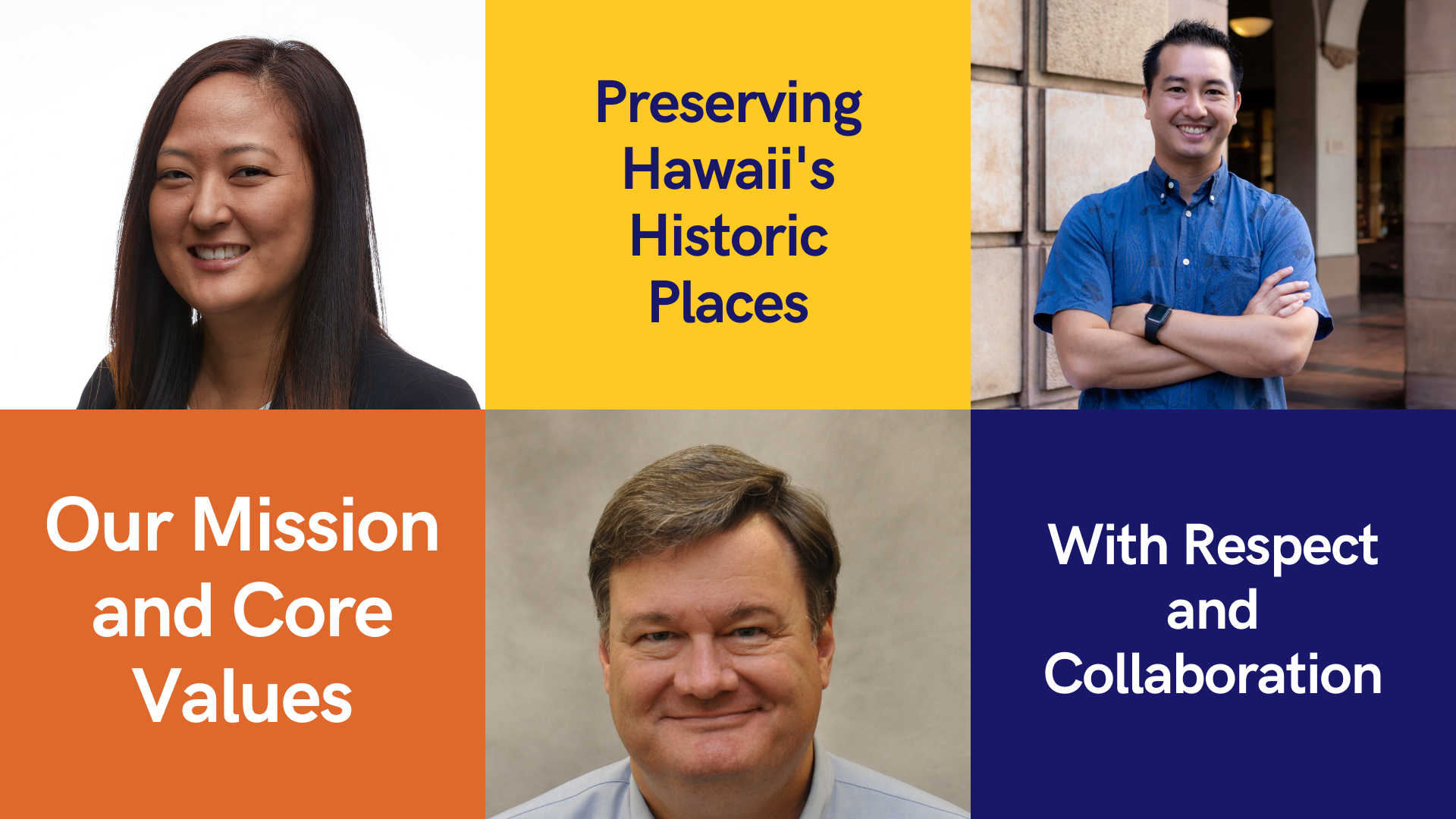Bob Sigall: A Look at the Man Behind the Rearview Mirror
On September 30, 2021, Columnist and Consultant Bob Sigall and HHF’s Executive Director Kiersten Faulkner co-presented a visual journey back to post-World War II Hawai‘i in a webinar hosted by Kapi‘olani Community College (KCC). Titled “Back in the Day: 1946 Facts and Throwback” the virtual presentation was the fifth segment of KCC's Kaiāulu Webinar Series that is offered in commemoration of the College's 75th anniversary. Known for his Rearview Mirror newspaper column and book titles, Sigall led the audience on a fascinating look back at 1946, the beginnings of the transformative post-war era. Encouraging everyone who joined in to make a more personal connection, he asked the audience to imagine what life was like at that time for their parents, grandparents and great-grandparents. "It's really interesting to me that KCC began at a very pivotal time for Hawai‘i," began Sigall. "In many ways, Hawai‘i was very different in 1946 than it is now...In 1945 we succeeded. The war came to an end in September, we put down our guns and went back to our lives..." "The GI Bill of Rights that was passed by Congress gave soldiers money to go to college. My dad and millions of others like him were able to do so. My dad said he never would have been able to go to college if that hadn't been the case. In an effort to return to civilian life we can see the beginnings of what would become KCC." Following the presentation, HHF asked Sigall to reverse roles and allow himself to be in the spotlight. We share his story, written in his signature conversational style. Historic Hawai‘i Foundation: You started your column, Rearview Mirror, ten years ago in 2011. Please tell us about the events/people [...]


